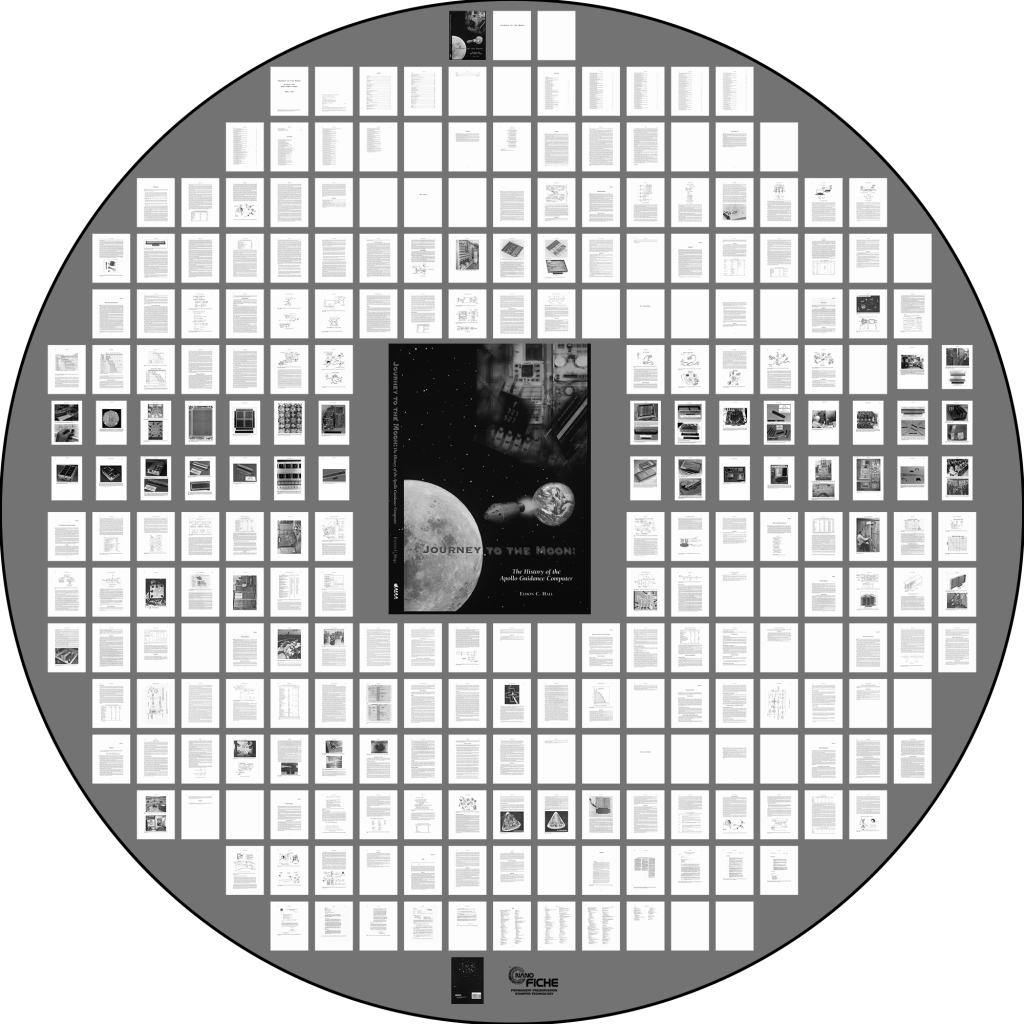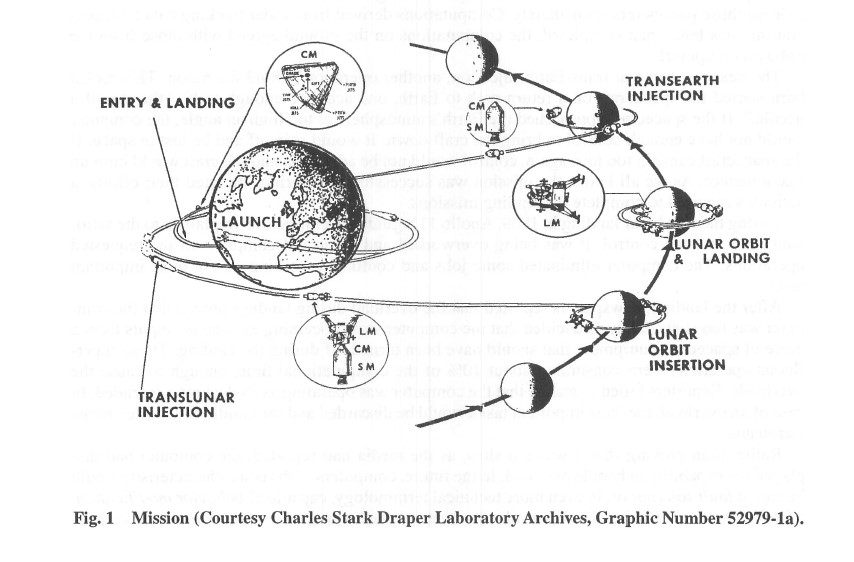The History of the Apollo Guidance Computer – Eldon C. Hall
AIAA – The American Institute of Aeronautics and Astronautics
History and personal life events have an interesting way of crossing paths. Growing up I had always been fascinated by space science fiction. Foundation Trilogy still remains my favorite. My dreams were amongst the stars.
With our traditional Asian family and a mom who was a teacher, my sibling’s and my career path had always to be steered to be a Doctor or an Engineer. My original path was to go down the medical route. I had a great knack for memorizing everything. That came in handy in courses like history and biology where there were thousands of bits of knowledge to be retained unlike neat little equations in physics or math. The facts were too much to cram into a small index card no matter how small you can manage to write so you had to remember everything. Equations had a universal application and only required conceptual understanding.
In High School Rockwell Science Center had a program to inspire gifted students and offered internships into various research projects. I was placed in a Gallium Arsenide group designing circuits for Charge Couple Devices for Acoustic Optical Analyzers. That altered my path and I went down the technology rabbit hole. I quickly learned that physics and math opened my eyes to a world that was limitless in applications. I can use my creativity and technical knowledge to create as opposed to just memorizing and fixing biological objects that have already been designed.
I got involved in building and writing codes for some of the very early TRS80’s, Apple IIC, and DOS based PCs and unleashed my imagination in the electronics. I took Fortran at the local college and helped the high school teacher teach the course. I understood the importance the roles integrated circuits had on control and computing systems. One of my most coveted and the first of many electronic gadgets was an HP41C programmable calculator. I think it’s stored somewhere in my basement. I wanted to be working in Aeronautics and considered Embry-Riddle Aeronautical University seriously. I wanted to fly. However, I discovered that my myopia would disqualify me for serious roles.
I ended up at USC then worked at Hughes Aircraft and Rockwell in the aerospace defense industry where I learned much about the importance of guidance system. I also learned military defense and NASA worked on state-of-the-art technologies that were at least ten years beyond what public technologies had available. For example, highly secure spread spectrum technologies were super secretive, but eventually became commonplace in most wireless phone systems.
Speed forward to now. In the Astrobotic GLPH mission, working with Professor Santosh Kurinec, I discovered a connection with my passion for controllers in my youth. She had met Eldon Hall and knew the family. Santosh even had her student replicate and manufactured the controller chips at the Rochester Institute of Technology. We discussed getting Eldon’s book back to the Moon and contacted the American Institute of Aeronautics and Astronautics (AIAA). This book is slated to be sent to the Moon on NanoFiche to memorialize our amazing human achievements.

In 1961 President Kennedy challenged American to put man on the moon. This required new technologies, new math, new materials, many not yet invented. This bold endeavor to put humanity amongst the stars ignited a massive engine of ingenuity.
A small MIT lab led by Eldon Hall was challenged to create a fail safe control system to guide the space ship to the Moon and and come back. The result of this work ushered in the new electronic computing age that runs every aspect of our modern lives. The risk of using integrated circuits for the first time on a critical mission was monumental. New approaches had to be taken to perform the precision needed to navigate to the Moon and back. A faulty calculation would be disastrous.
“If the spacecraft approached the Earth’s atmosphere at too high an angle, the computer would not have enough control to bring the craft down. It would skip off and be lost in space. If the spacecraft came in too low, again, control would not be adequate, and the craft would bum up like a meteor.”
This is an amazing story capturing a defining moment when humanity tackled the immense challenge of space exploration, paving the way for modern advancements. Through NASA’s Artemis CLPS program, private companies like Astrobotic are now building the foundation for routine lunar missions. #NanoFiche is honored to contribute by providing a durable storage medium to preserve this history on the surface of the Moon.



